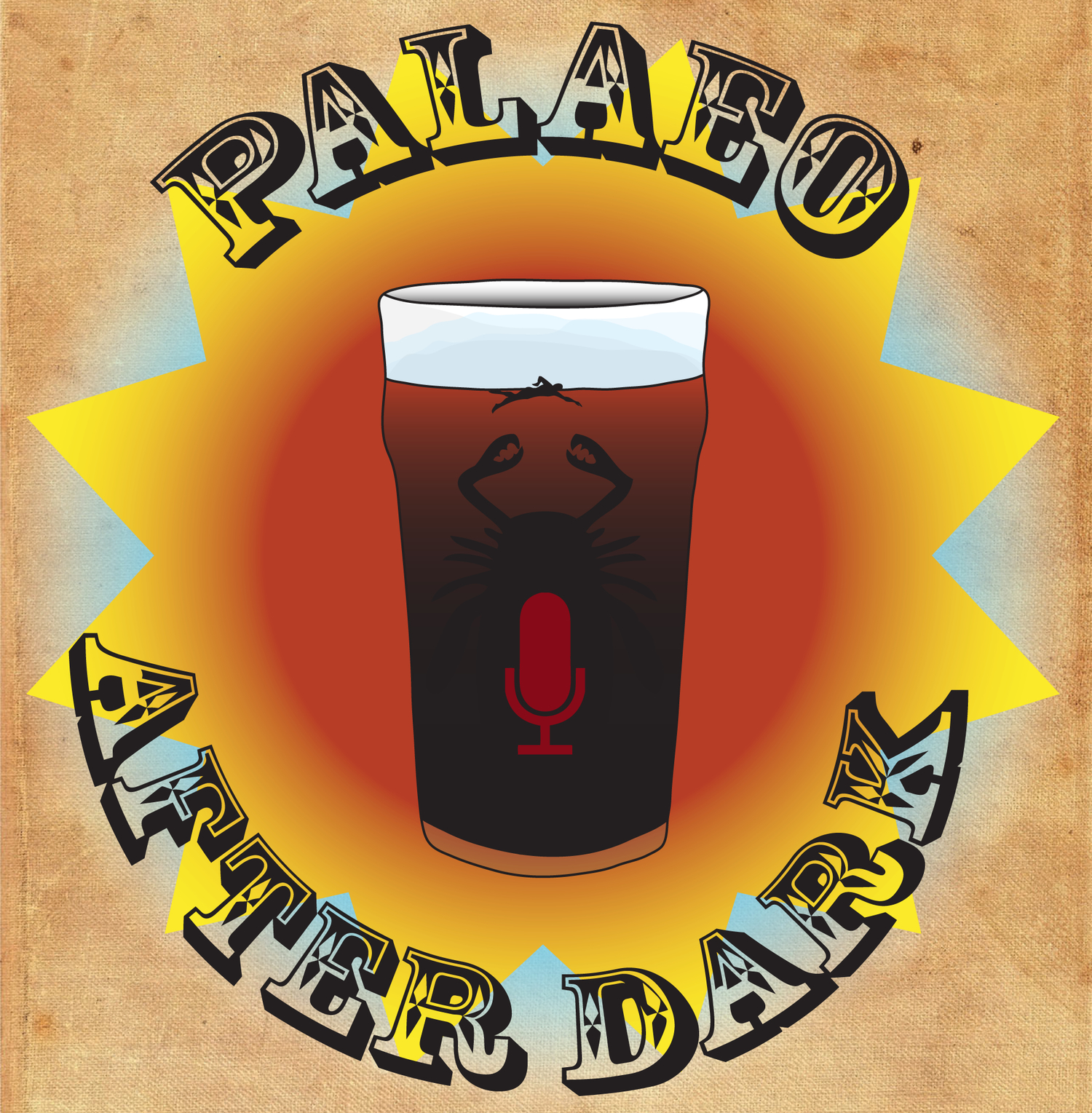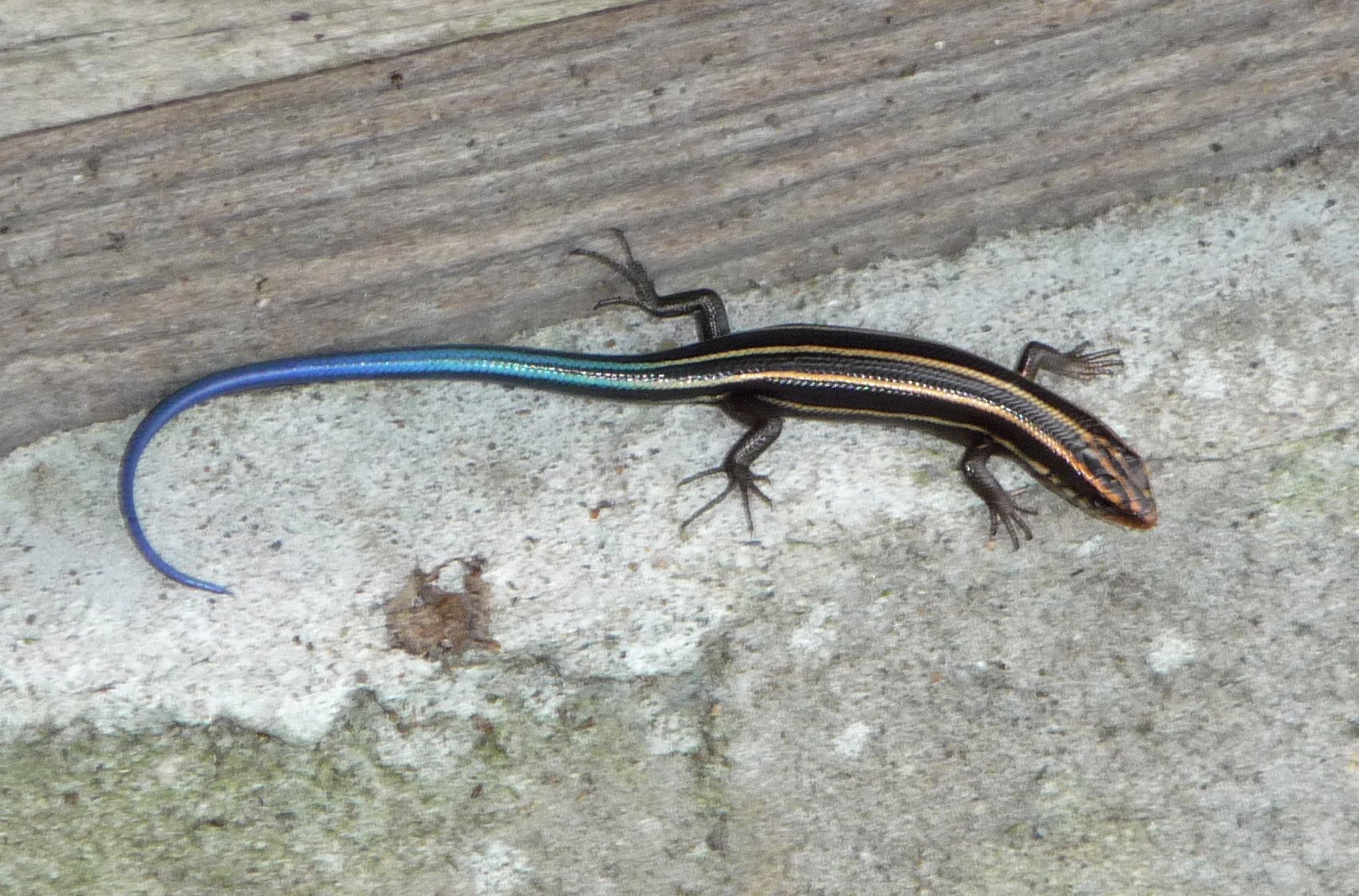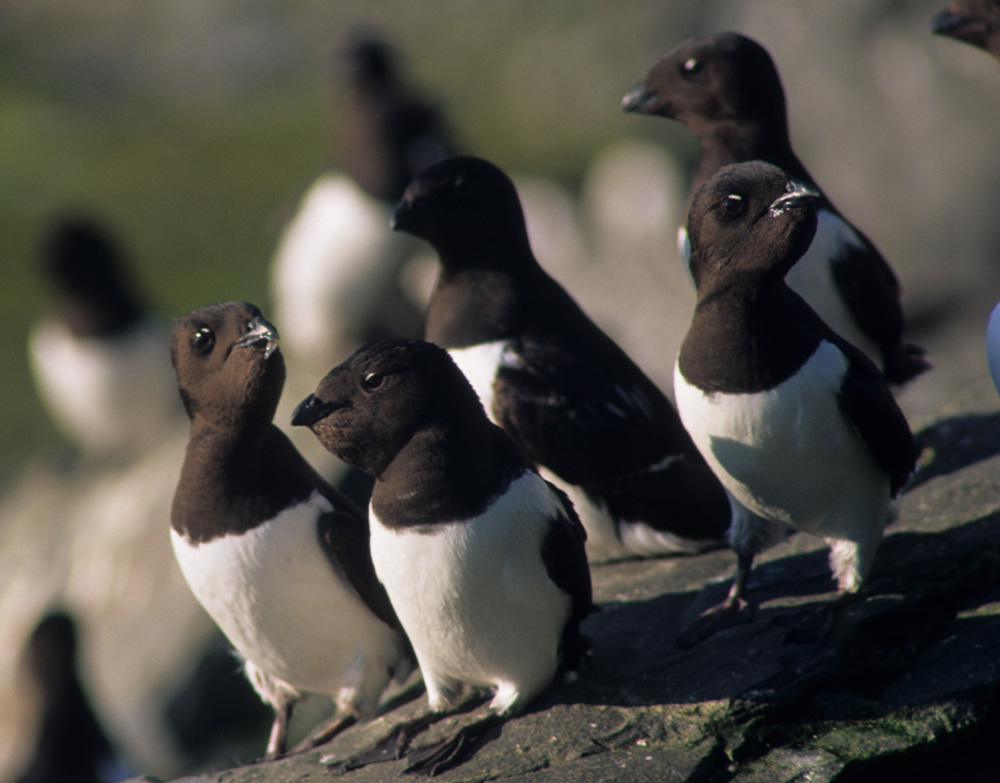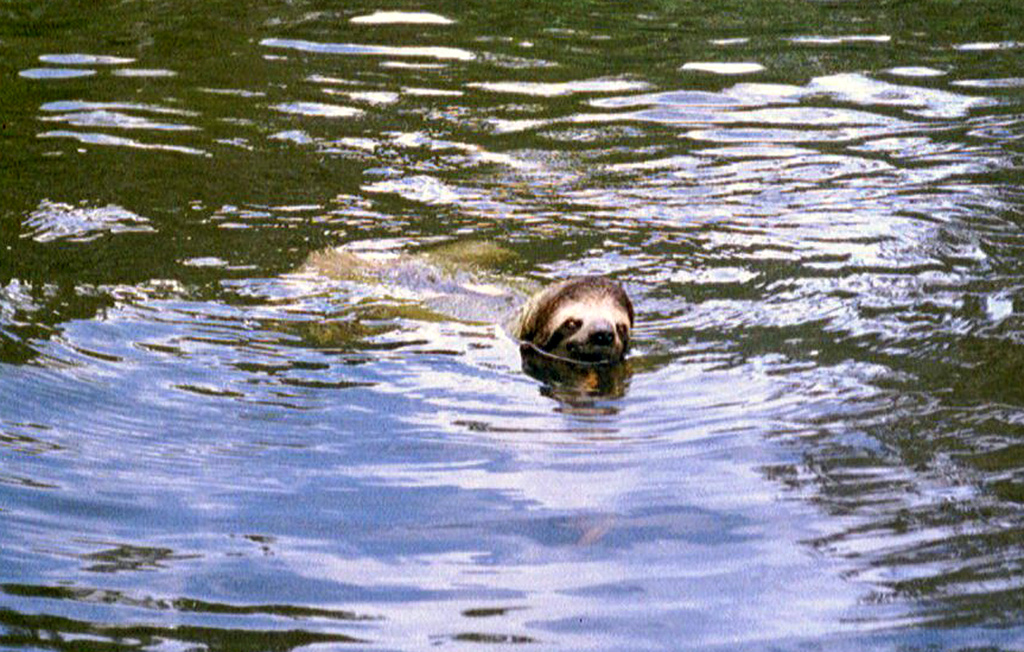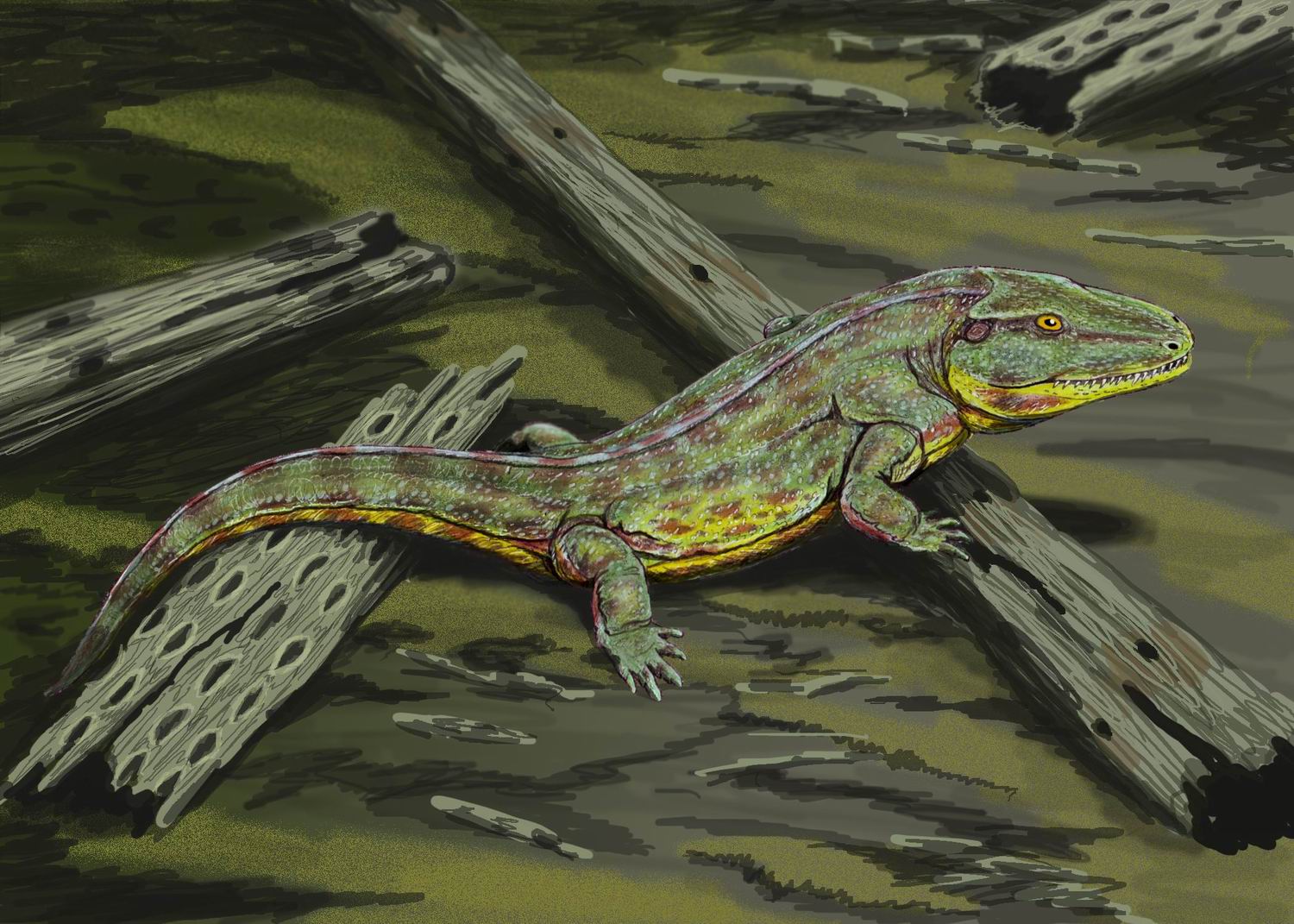Podcast 145 - Bones and Hard Parts
/The gang discusses two papers that deal with the origins of biomineralization (how living things make hard minerals to serve as skeletal structures). Specifically, we look at one paper focused on the origins of bone and a second paper focusing on some of the first instances of biomineralization in the fossil record. Also, Curt keeps a promise, James knows how to make a good impression on the neighborhood, and Amanda gets blamed for the actions of her cats.
Up-Goer Five (Amanda Edition):
Today our friends talk about things that have hard parts before there were supposed to be hard parts and how important hard parts that are inside of animals first was made. Very early animals that have hard parts before there were supposed to be hard parts are the same as things that do not hard parts. This paper says that it is because the place that they lived had too much of stuff that makes parts hard. These animals took the stuff out of water not because they wanted to, then they had to make it go away or they would die. So they made parts of their body hard. Later on making parts of the body hard was really important and they started doing it more and more even if there wasn't too much stuff in the water that makes parts hard. The second paper talks about how a weird type of hard part that is one of the important hard parts inside animals came to be. Some people think it is a new type of hard part inside of animals, but others say it is not. It turns out it is actually not really new like we thought but is actually a type of important hard part inside animals that is still around today. It is just a type that is not around today anymore.
References:
Wood, Rachel, Andrey Yu Ivantsov, and Andrey Yu Zhuravlev. "First macrobiota biomineralization was environmentally triggered." Proc. R. Soc. B 284.1851 (2017): 20170059.
Keating, Joseph N., et al. "The nature of aspidin and the evolutionary origin of bone." Nature ecology & evolution(2018): 1.
